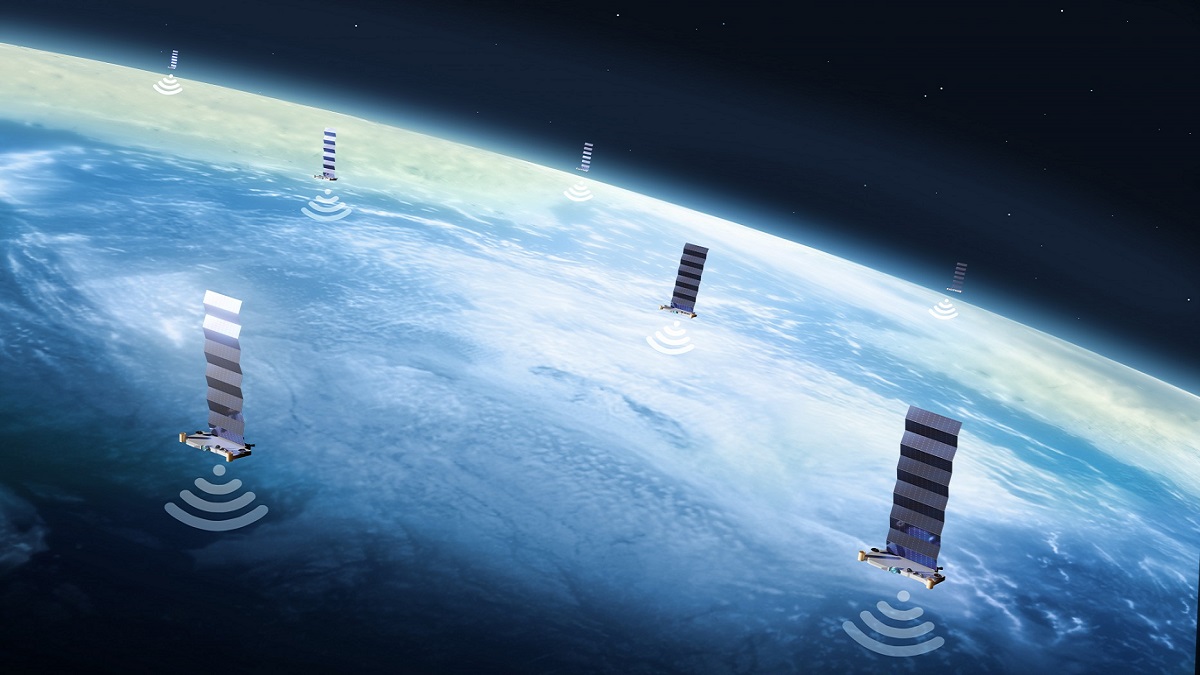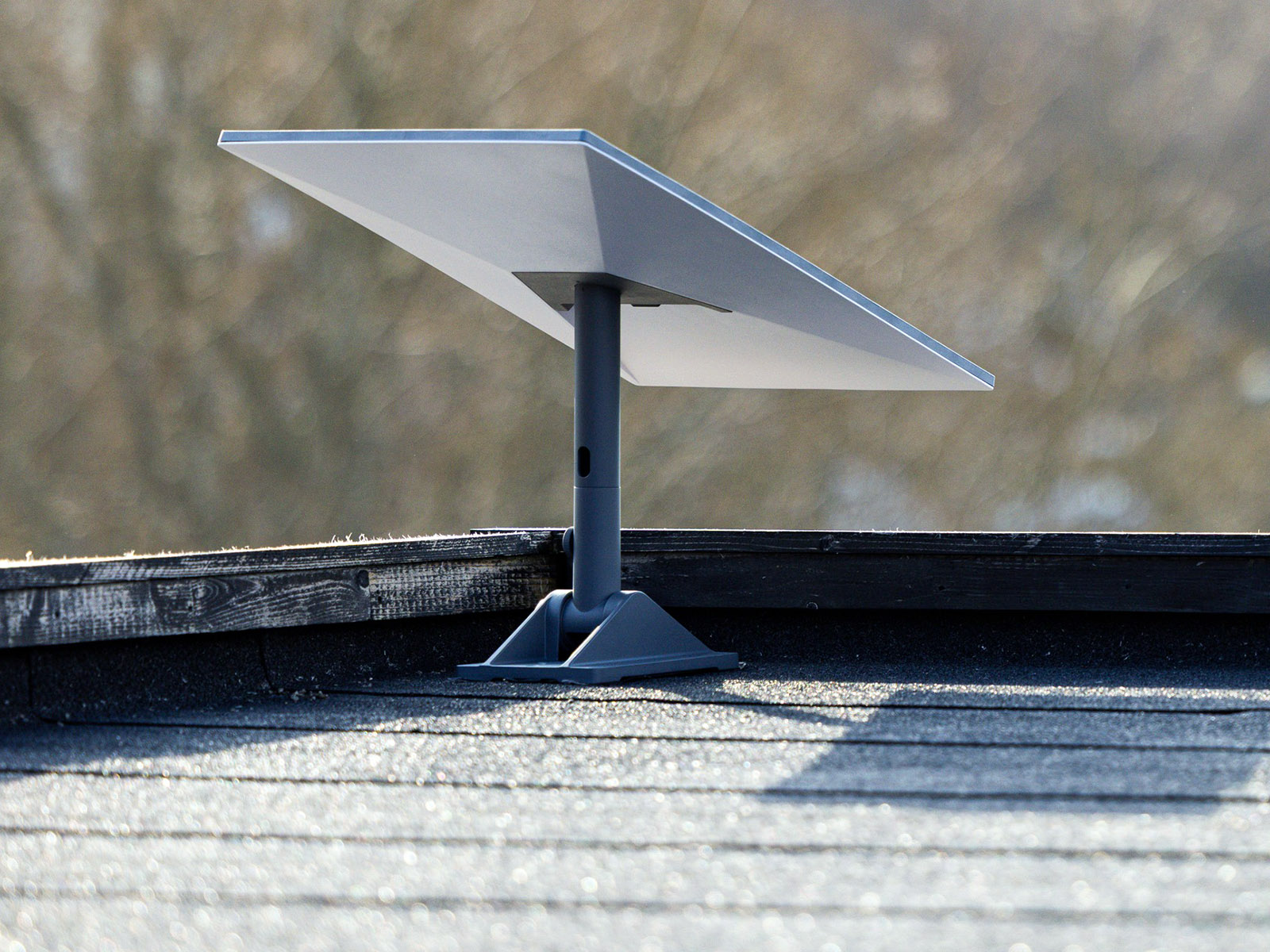Starlink, satellites, and the internet
BY Sudipto Roy
August 08, 2025

An internet connection is not enough these days. We need fast and reliable internet, too. We have had several types of internet connection options for a while now, including DSL, cable, and fiber internet. However, a new option has emerged, known as satellite internet.
Its most significant advantage is its wide coverage. As long as you have a clear view of the sky, you can reliably get an internet connection no matter where you are on Earth. This means the digital divide in rural and underdeveloped areas can be bridged.
In rural and underdeveloped areas, building traditional infrastructure, such as fiber-optic cables or cell towers, is particularly challenging due to terrain, distance, or low population density.
Satellite internet can solve this issue because of its unique working mechanism: the signal originates from Earth, travels into space, and then returns to the user.
Great! But who exactly do we turn to when it comes to the conversation of satellite internet? At this moment, the first name that comes to mind is ‘Starlink,’ a company owned by Elon Musk.
How it works
Essentially, you send a signal from home using your satellite dish or antenna. This signal travels up to a satellite in space, which then sends it back down to a ground station that is connected to the internet. The ground station then sends data back to the satellite, which in turn transmits it to your dish, after which it appears on your device.
Due to this loop of signal and data transmission, satellite internet suffers from some latency, which is one of its downsides. Another issue is weather interference.
While it’s true that severe thunderstorms, heavy snow, or blizzards can temporarily interrupt satellite transmission, the problem isn’t as significant as some might lead you to believe.

Storm-related interruptions can momentarily jam the signal, but it is usually restored as soon as the storm passes. You can also remove heavy accumulations of snow from around the satellite dish to help restore communication.
In contrast, a heavy thunderstorm with fallen trees or other extreme weather events can disable cable or DSL services for up to days.
In rural areas without access to DSL or cable, even with occasional weather-related interruptions, satellite internet is often preferable to alternative, slower forms of internet service, such as dial-up.
The frontrunners
When you are owned and backed by the wealthiest man on the planet, you would probably feel safe in any competitive field. That is the case with Starlink, a project and brand operated by SpaceX, which is, of course, founded by Elon Musk.
SpaceX is a private aerospace company, primarily known for revolutionizing space travel with reusable rockets. But wait, what role does Starlink play here? It’s to generate revenue to fund SpaceX’s larger interplanetary goals.
That said, Starlink is by no means a small side project. In fact, Starlink is the outright leader when it comes to LEO-based internet, and it’s by a large margin.
LEO-based internet refers to satellite internet provided by satellites in Low Earth Orbit, which means they orbit the Earth at a significantly lower altitude than traditional satellites. Satellite internet doesn’t rely on ground cables or cell towers, making it ideal for rural connectivity.
The plan with Starlink is to eliminate geography as a barrier to communication, education, and economic participation, while also supporting SpaceX’s multiplanetary goals.
Starlink is a powerhouse that constantly improves. One of their recent breakthroughs has been the implementation of laser inter-satellite links, also known as space lasers. This is important because it enables satellites to communicate directly with each other in orbit, without needing to relay data through ground stations.
As of mid-2025, Starlink has continued to make big strides on the global front, providing services in over 100 countries, including Bangladesh.
In this time, Starlink, through SpaceX, has sent more than 7,100 LEO satellites into space, with plans to deploy up to 42,000 to achieve near-total global coverage. If successful, it could solidify Starlink as the undisputed leader in the satellite internet space.
Starlink is a division within SpaceX. All the Starlink satellites are built and launched by SpaceX itself.
SpaceX was founded in 2002, but Starlink, a subsidiary of SpaceX, was launched in 2015 to provide high-speed, low-latency internet, particularly in areas where connectivity is difficult to obtain.
Due to this link between SpaceX and Starlink, the cost of launching the LEO satellites is low and even speeds up deployment. And since Starlink is designed to generate revenue for SpaceX’s broader goals, it remains a key priority within the company.
Competition? What competition?
While there are other satellite internet providers out there, like HughesNet and Viasat, Starlink is simply in a league of its own.
The sheer number of satellites available for use in Starlink allows for more throughput per satellite, resulting in more bandwidth per user. In direct comparison, Starlink offers faster download speeds, faster uploads, and significantly improved latency, in addition to broader global coverage.
There is also Tooway, which provides satellite internet service, but it doesn’t match even Viasat’s speeds and HughesNet’s affordability. So, are there truly no real competitors to Starlink?
Well, there may be one in the future. And that is Project Kuiper, backed by Amazon, or in other words, Jeff Bezos.
Kuiper’s goal, similar to Starlink’s, is to provide high-speed, low-latency broadband internet through a constellation of 3,236 LEO satellites. It’s still in development, and much remains to be confirmed, but it’s projected to outperform the likes of HughesNet, Viasat, and Tooway. Its global reach and Amazon’s logistics backing make it a strong future contender and rival to Starlink.
For now, though, Starlink holds a firm grip on the satellite internet market. With Project Kuiper on the way, the competition may intensify. Starlink will also have to continue evolving as we move closer to a world with full global connectivity.
Most Read
You May Also Like